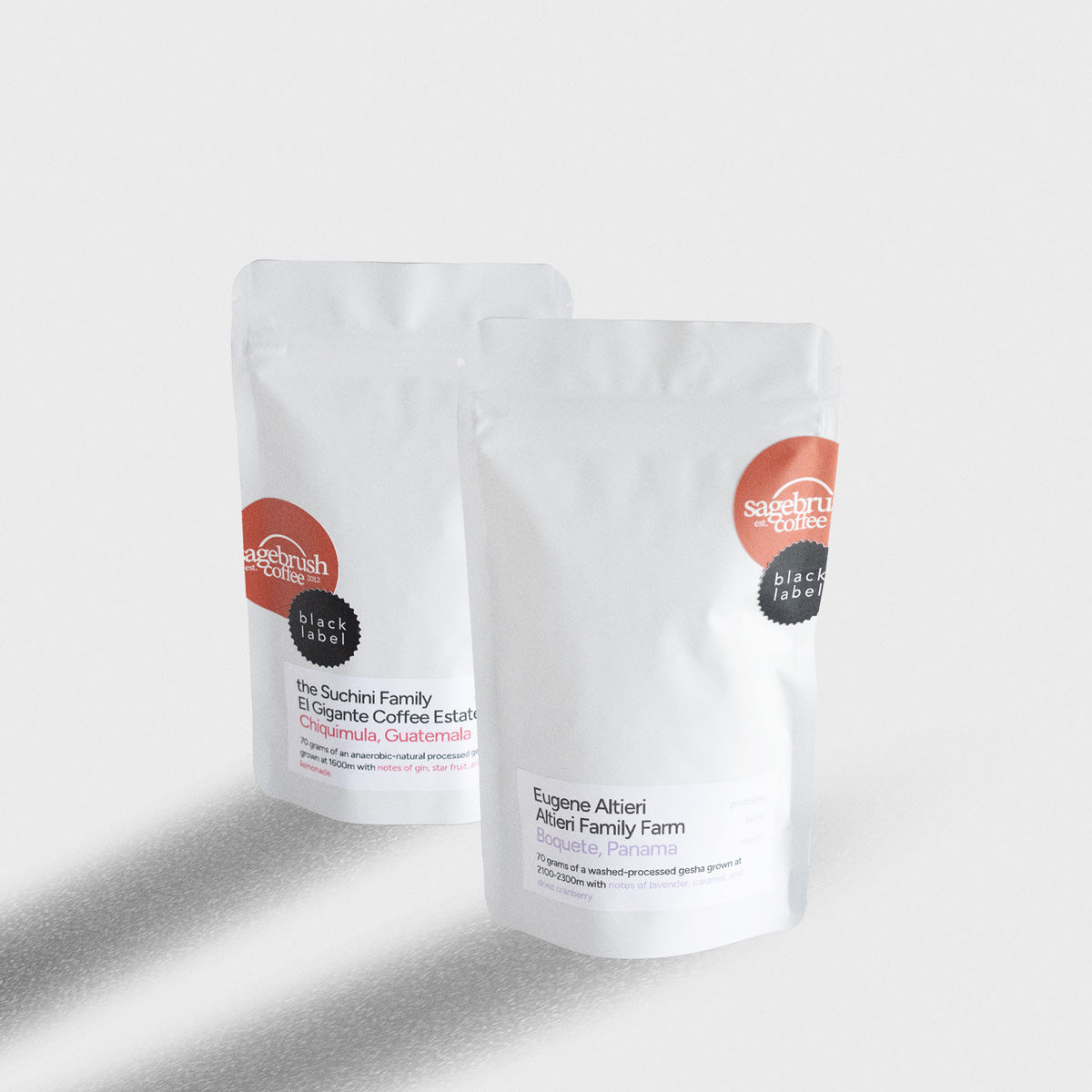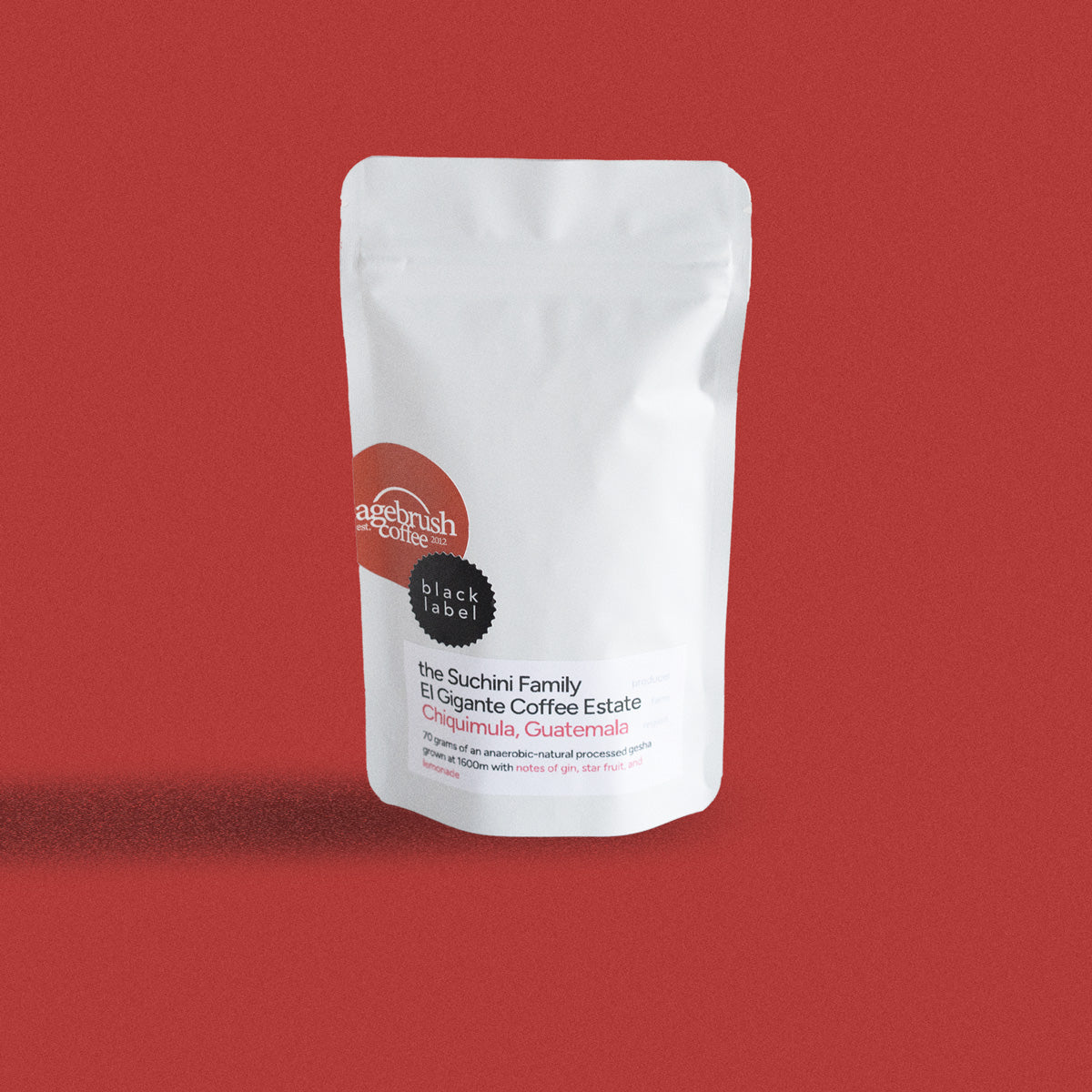
Sagebrush Coffee officially started in November of 2012 as a hobby turned small business. Our idea at first was to roast and sell coffee online to support my coffee hobby. Quickly, that changed into a way to pay for an annual vacation and then maybe the kids’ college. As this side business kept growing, so did the dream of allowing Sagebrush to be my full-time career. However, we were patient. We grew the business in our ‘free time’ and I hoped to eventually be able to step away from my job as an IT & Marketing Director and into a career in coffee. In 2018 & most of 2019 we began that transition and almost exactly 2 years ago to the day, I quit my day job to run Sagebrush Coffee full time. Our mission statement has been, “We strive to put on display the hard work of the coffee producers in our coffees and drinks.” However, I had never been able to make it to an origin to really learn about that hard work firsthand. The full-time IT job just made that impossible. So, April 1st, 2020 marked our official start date, and that spring was supposed to be my first set of origin trips. Stating the obvious, the COVID-19 pandemic got in the way of that plan.
Now here we are in March of 2022, Jonathan and I were able to make our first trip to an origin. It couldn’t have been better, because we were able to travel with one of our favorite import partners to tour farms from many of our favorite and most popular coffees. We learned so much during the week we were in Guatemala, that we’ll be writing blogs for months. Today I just want to post the most significant takeaways I had from the trip for me personally.
Huehue is remote:
This was not my first international trip. I started international travel when I was 16 and my parents and I went to the Philippines to pick up my seven new brothers and sisters they had just adopted. I also traveled a bunch back in my Intel days, but nothing really prepares you for an origin trip to the coffee farms of Guatemala. We flew into Guatemala City, then took a prop plane to Huehuetenango. We walked off the plane to an open box truck with a tarp over the back and Don Edwin, who is perhaps the nicest and best host a person could possibly ask for, introduced us to our "limo" for the week. We rode in the back of the "limo" for hours to our first stop at the El Injerto coffee farm. This is easily the best coffee farm in Guatemala, and maybe even the world. That farm tour alone was an experience that I’ll write about later. The picture above is a glimpse of it, and note those are coffee trees on the side of the mountain.
We then took the "limo" to Finca Vista Hermosa, the family farm of our hosts, and arrived at about 10 pm, exhausted and excited. After a 6:30 am start time, a one-hour flight, and an eight-hour ride in the back of a truck on dirt one-way roads up a mountain, we were ready for a nap. We needed one to prepare for breakfast the next day with 10 neighboring farmers, which ended up being another life-changing moment in a week of them. We spent the next several nights hiking and driving some amazing properties, learning about the everyday life of these producers. We were hours from the closest grocery store, had intermittent cell phone access and screens weren’t really a thing. We spent days talking & sampling coffee and evenings telling travel stories. It was hard work and the most peaceful/relaxing way to do the hard work. Clear skies full of stars, sounds of bugs and birds in the distance and across the valley, a family playing music that can be heard by all of the neighbors. It was remote, but it was exactly what I needed.
Coffee Production is Hard Work:
That image above begins to give you a frame of reference for a question I asked, “How do they pick coffee on that mountain?” They looked at my like I was asking the dumbest question in the world. They just said, “with people.” Yep, people climb the side of a mountain and hand-pick every single coffee cherry individually into a basket, which is then gathered at different points and carried in 100 lb bags down the mountain. Good coffee isn’t strip-picked; they don’t just grab a branch and pull. They pick each individual ripe cherry to get the best coffee cherries possible. If they pick unripe cherries with ripe ones, then the coffee will taste under-roasted. So to compensate, people will over-roast poorly picked coffee. Obviously, at Sagebrush that isn’t our coffee, so we need individuals to scale a mountain and hand-pick coffees off of that tree three to five times a season. Think about the labor in that. And frankly, that is just the beginning. Everywhere we drove we saw coffee drying beds, large patios full of coffee in a nearly single layer. These beds would need to be watched throughout the day and the coffee was generally ‘turned’ every 30 minutes by raking them. People were constantly raking coffee. All of this is just the practice of the harvest. It was mesmerizing watching the producers share the results of multi-season tests. For example, they may think to plant Geisha varieties at the top of the mountain because then they won’t be as susceptible to leaf rust, but then they don’t produce as well, because of air density. That test takes three to five years to run. Most of these producers are third or fourth generation farmers and the ‘young’ guys are getting master’s degrees in agricultural engineering.
When I say, “We strive to put on display the hard work of the coffee producers in our coffees and drinks,” I mean, when we spend 7-15 minutes per batch roasting the coffee, we truly are trying to stay out of the way. We use our roasting practices to just not mess up all of the work done upstream in our supply chain.
It was everything I’d hoped and nothing I expected:
During the trip, I asked a few people what they thought was the most important part of roaster origin trips. The answer varied, but the overarching theme was relationships. We live a world apart and have everything in common. I knew we’d meet producers and learn about their lives, but there was something magical about sitting around a table with 10 coffee-producing families and hearing about how since our borders opened up, their livelihood is at risk. The best producer lost 20% of their available workforce, which considering the current production processes translates directly to a 20-40% yield loss on their crops. As our prices of gas go up, we may pay a dollar or two more at the pump, but that impacts fertilizer prices, which is a coffee producer's biggest expense. Those prices have doubled. So what do they do? They were debating, do they strip-pick and sell to the C-market? Do they up the prices by 50% and hope that we’ll pay? They didn’t know, but they were multi-generational farmers worried about next year. We closed the conversation with a prayer, it was sweet to hear Don Edwin recognize what we at Sagebrush know is true. We may plan our ways, but we have to rely on a Sovereign God to control the outcome. A world apart and everything in common.

















